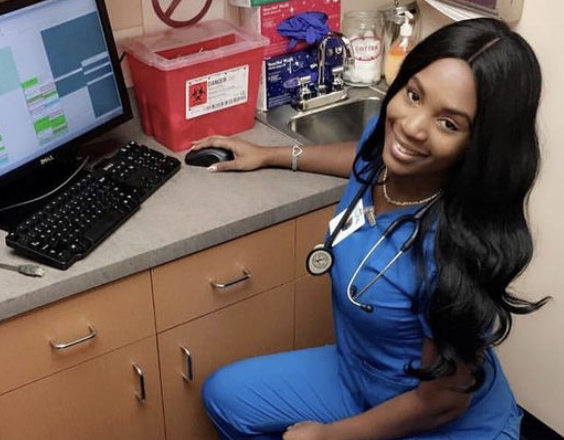Click here to chat with me!
Search our website now

Course Objective/Purpose:
A Medical Administrative Assistant (MAA) is a medical secretary who has earned a voluntary professional. This MAA program can help job candidates demonstrate their professional skills to prospective employers. For instance, medical secretaries need to be proficient in basic office tasks like file maintenance and keyboarding. They must also be familiar with medical terminology and capable of using common healthcare-related software.
As a medical administrative assistant, you would work to ensure that a doctor’s office or hospital department runs smoothly by updating medical records, filing the appropriate insurance forms, and arranging patient admissions and laboratory analysis. You would also perform general administrative tasks such as answering phones, sorting mail, scheduling appointments, and organizing the billing and payments. You would deal with patients quite often, so you need to have a courteous and genial manner. Because the healthcare industry increasingly uses electronic files, you need to have some computer skills.
The comprehensive 156 hours Medical Administrative Assistant program prepare students to function as a Medical Administrative Assistant and to take the National Certification Exam.
General courses cover basic word roots, common suffixes and prefixes, terms of medical conditions, medical terminology, healthcare diagnostic terms, customer services, computer skills, and administrative skills. Administrative Medical assistants take care of the nonmedical aspects of the practice by completing paperwork, filing records, handling insurance, performing billing and bookkeeping, answering phones, and more.
This course work prepares individuals for entry-level jobs as a Medical Administrative Assistant with key emphases on details. Graduates may find suitable employment with hospitals, private practices, emergency rooms, clinics, and in the newest healthcare facilities in this modern era of health care. Upon completion of this program students will be able to check in patients at the front desk, answer the phone, schedule patients for the proper appointment, interview patients for case histories in advance of appointments, compile medical records and charts, process insurance payments, operate computer software and office equipment, transfer lab results to the appropriate clinician, maintain supplies and appearance for the office.
Overview of course structure, expectations, student resources, and certification roadmap.
Introduction
Who is a Medical Administrative Assistant?
Core Responsibilities
Daily Workflow in a Healthcare Setting
Career Outlook & Growth Opportunities
Skills and Qualifications
References
Quiz – Test Your Understanding
The core responsibilities of a Medical Administrative Assistant (MAA) go beyond answering phones and filing paperwork.
A realistic look at a typical day in the life of a Medical Administrative Assistant (MAA).
Learn the soft skills needed to interact with patients and healthcare teams.
The role of a Medical Administrative Assistant is not only in demand but also offers long-term career sustainability and growth.
Title: HIPAA and Patient Privacy
By the end of this lesson, learners will be able to:
Explain the purpose and scope of HIPAA.
Identify examples of Protected Health Information (PHI).
Recognize how privacy breaches occur in everyday healthcare settings.
Apply basic strategies for maintaining patient confidentiality.
To excel as a Medical Administrative Assistant (MAA), you need a well-rounded set of both technical (hard) skills and interpersonal (soft) skills.
By the end of this lesson, learners will be able to:
Define what an Electronic Health Record (EHR) is.
Understand how EHRs differ from paper records and EMRs.
Identify the key benefits of EHRs to providers and patients.
Recognize the role of MAAs in managing and securing EHR systems.
Comparing Private vs. Public Healthcare Systems & Clinic vs. Hospital Settings
Learn how to construct and break down medical terms.
Build and decode terms using body systems as examples.
Practice common terms and medical spellings.
Cardiovascular, respiratory, digestive, and nervous system terminology.
Common shorthand used in documentation and charting.
Recap of key terminology, spelling, and abbreviations.